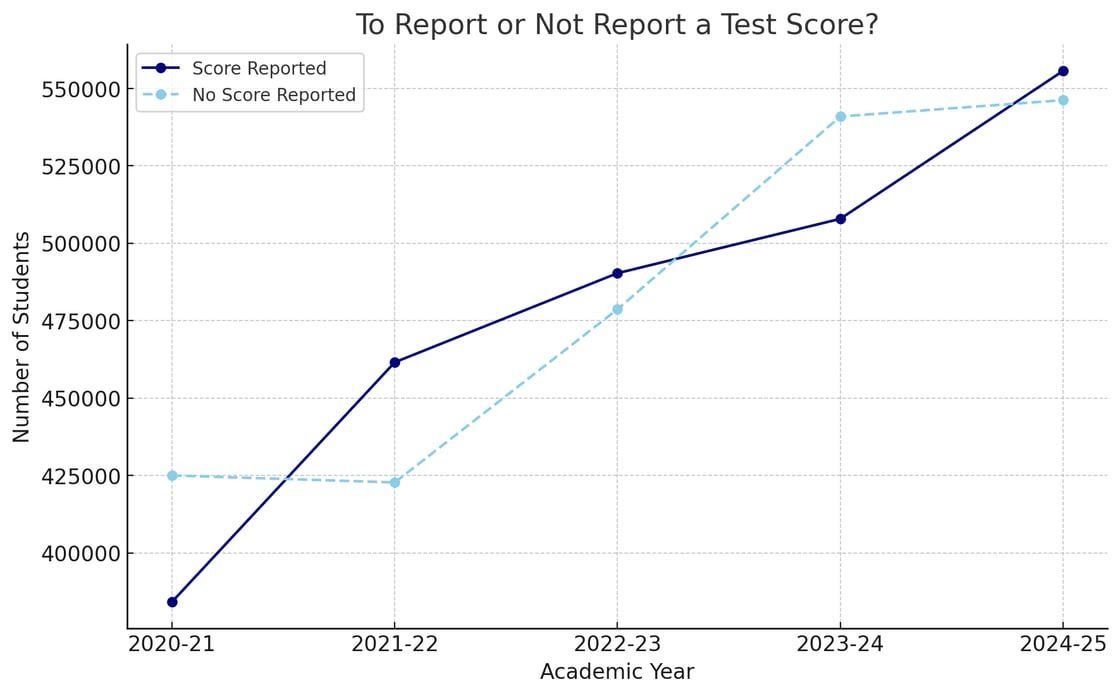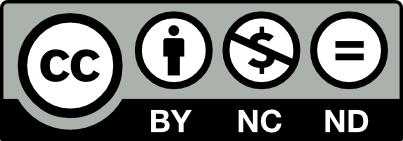This page is licensed under Creative Commons under Attribution 4.0 International. Anyone can share content from this page, with attribution and link to College MatchPoint requested.
Class of 2025 College Applications Jump 8%
College applications are up 8% this year, with over 4 million submissions through the Common App. The Southwest and South are leading the charge, with Texas seeing a 32% jump and Florida close behind. Students are applying to more schools, while applications from underrepresented groups, first-generation students, and lower-income ZIP codes continue to grow. For the first time since 2021, 50% of applicants are submitting test scores, signaling a shift in the test-optional landscape. Public universities are also seeing faster growth than private colleges, highlighting value-conscious decision-making by families. In this increasingly competitive landscape, a balanced college list and compelling applications early are essential. See the complete report from the Common App here.

Test Scores Back in the Spotlight
For the first time since the 2021-22 admissions cycle, the number of applicants submitting test scores has grown significantly compared to those not submitting scores. About half of this year’s applicants have submitted test scores, a notable shift despite relatively few schools changing their test-optional policies to require scores.

Applications Shift to a Broader Range of Schools
Amid growing concerns about the ultra-low acceptance rates at the most selective schools, application growth this cycle has been slowest at institutions with acceptance rates below 25%. Instead, students are increasingly applying to schools ranked outside the top tier, signaling a broader perspective on college options.
Applications to public universities have grown faster than those to private colleges, reflecting a shift in student preferences. Public institutions, often perceived as offering better value, continue to attract significant interest. Despite tuition discounts offered by private colleges, many families are bypassing mid-tier private schools where full tuition costs are expected.
Early Action Trends Redefine Admissions
Early Action applications are reshaping the college admissions landscape by helping colleges manage the rising application volume and gauge student interest earlier. However, the surge in Early Action applications has led to an increase in deferrals, leaving many students waiting until Regular Decision for final answers. Colleges like Emory have seen Early Decision applications jump by 28%, while schools such as Rice and MIT also report growth. Meanwhile, Harvard, Brown, amd Williams have all experienced declines in early applications, marking a four-year low.
This shift underscores the growing importance of strategic application planning. Students must evaluate whether applying early aligns with their readiness and goals, especially given the competitive Early Action pools. By submitting early, students can demonstrate interest, but they should prepare for potential deferrals as part of their overall strategy.
Changes by Region and Student Demographics
Regional trends and demographic shifts continue to shape the college admissions landscape. Applications from students in the Southwest and South have seen the most significant growth, reflecting population increases and strong college outreach efforts in these areas. Texas leads the way with a 32% increase in applications, followed by Tennessee and Georgia with 28% and 25% growth, respectively. Meanwhile, the Northeast and West Coast are experiencing slower growth, driven by demographic shifts and the already competitive nature of institutions in these regions.
The applicant pool is also becoming more diverse. Applications from underrepresented minority students grew by 16%, with notable increases among Latinx (17%) and Black/African American students (15%). Additionally, applications from first-generation students have risen by 19%, highlighting improved access for students who are the first in their families to attend college. Applications from students in below-median income ZIP codes grew by 11%, outpacing their higher-income peers, as broader outreach efforts and fee waivers make college more accessible.
Key Takeaways for Students and Families
In this rapidly evolving admissions environment, the following strategies are essential:
- Build a Balanced College List: Include a mix of reach, possible, and match schools to maximize opportunities while ensuring realistic options.
- Reconsider Test Scores: When strong, test scores can enhance an application. Students should evaluate whether their scores strengthen their profile and submit accordingly.
- Start Early: With Early Action growing in importance, planning ahead and submitting applications early can provide a strategic advantage.
- Tell Your Authentic Story: Crafting compelling essays and showcasing unique strengths remain critical in standing out to admissions committees.
DOWNLOAD OUR GUIDE TO
Highly Selective Colleges
Applying to a highly selective college can be daunting, but if your student has their heart set on one, there are some guidelines they can follow to help them stand out from the crowd. This guide discusses what highly selective colleges look for in students, how to achieve "depth" in activities, and the importance of having a specific application strategy for the most selective schools.


